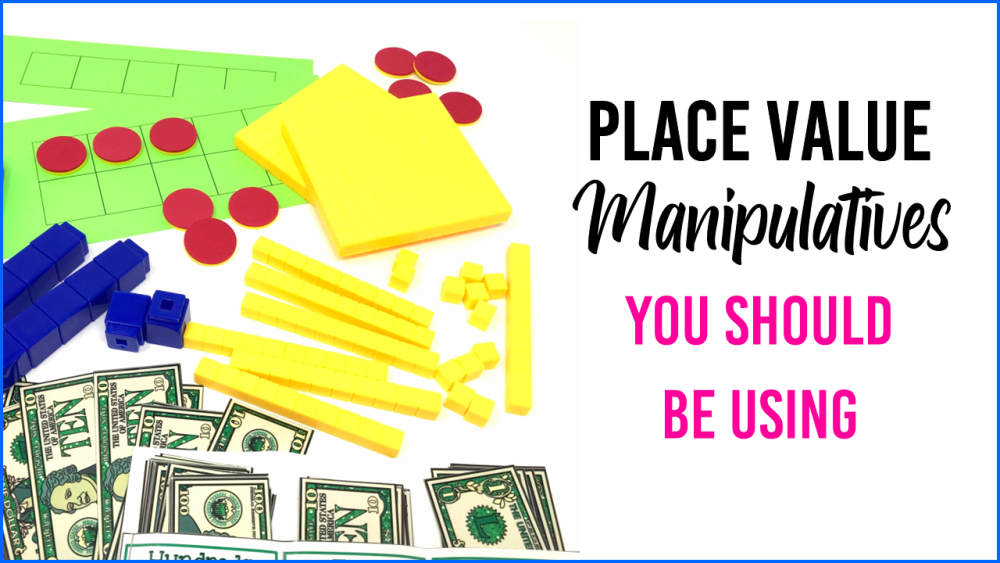
Which place value manipulatives are the best?
There are so many types of place value manipulatives and tools. Which place value manipulatives are the best? The answer to that question depends on the size of numbers you are teaching and the level of conceptual understanding of the students you are using them with.

Selecting the right tool and understanding the purpose of each place value manipulative are foundational to developing student number sense. As teachers we need to know when students are ready to progress to a new tool to help them explore larger numbers or to take their thinking from concrete to abstract.
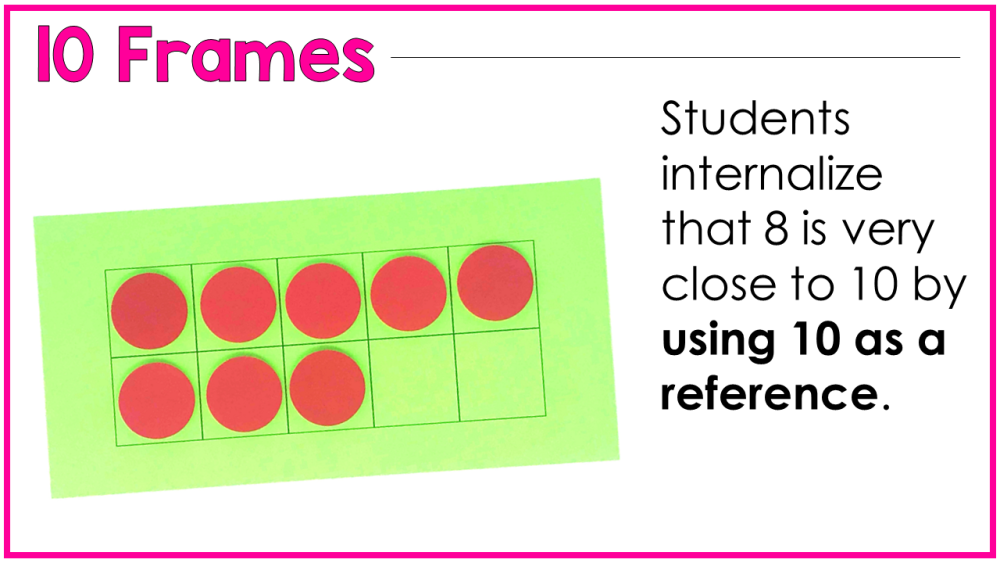
In preschool, kindergarten and early 1st grade students use counters with 5 frames and 10 frames. The purpose of these tools is to show a number’s relationship to the benchmark numbers 5 and 10. These tools help students internalize the size and value of numbers through 10. These relationships are critical for developing number sense.
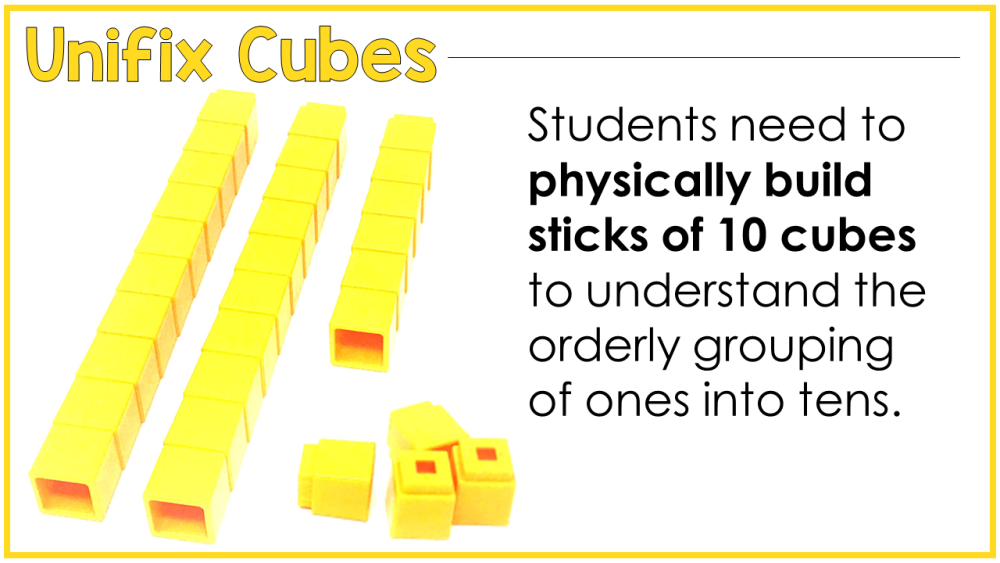
In 1st grade students begin using unifix cubes. These tools help students build meaning by linking cubes together to make groups of 10. The physical building of a stick to 10 and then setting the stick of 10 cubes down to build a new stick of 10 develops a rich understanding in students of the meaning of “a ten.” They begin to understand that when we get to 10 the stick is full. We can then count the number of these sticks and that becomes the digit in the tens place. When students are ready they can group ten groups of 10 to make a hundred (usually by placing them in a plastic bag). What sets unifix cubes apart from place value blocks is that students compose & decompose these units themselves without the need to swap them for larger units.
Unifix Cubes are the perfect hands on tool for 1st and 2nd grade students who are learning addition and subtraction with regrouping. Students can physcially snap cubes together to create a ten, or snap a ten apart into 10 ones. These tools are perfect for creating meaning understanding place value when adding and subtracting with regrouping.
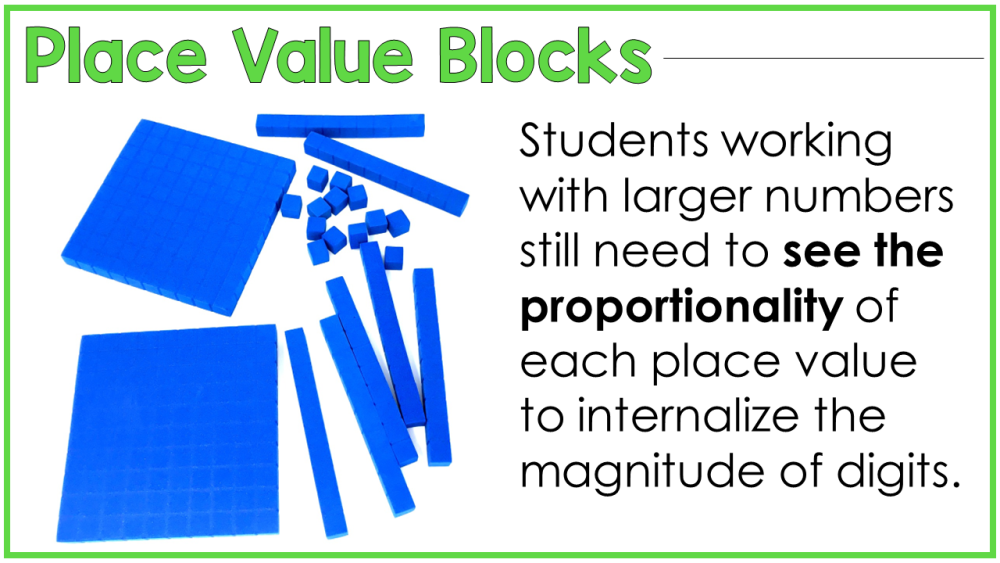
Students who clearly understand the relationship between ones, tens and a hundred are ready to begin using place value blocks. This usually happens toward the end of 1st grade or the beginning of 2nd grade. Place value blocks show proportionality since the size represents the value of each type of block. With this manipulative students are introduced to swapping. Swapping is only appropriate for students who have a strong understanding of place value and how to represent numbers with unifix cubes. Don’t be too quick to push your students into using place value blocks, since this will really hurt them in the future. Keep in mind too, that while students may be ready to use place value blocks for representing the value of numbers for place value work, they may not be ready to use them for addition or subtraction with regrouping and should still be using unifix cubes for those operations.
Place value blocks are a natural transition for students who don’t need to build a stick of ten to understand that it is ten units, making them great time savers! Another advantage is that place value blocks come in ones, tens, hundreds and thousands. This allows students to build their conceptual understanding of these place values with tools that reveal the magnitude of each place. A strong math program uses place value blocks in 2nd through 5th grades. In 4th and 5th grades students begin to use them to represent decimals instead of whole numbers.
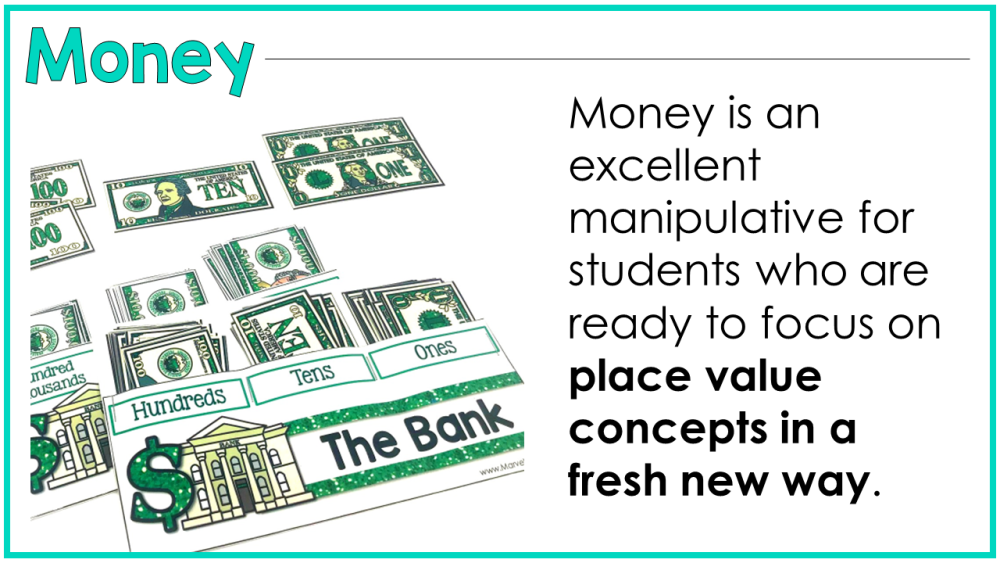
Money, both bills and coins, is an excellent place value tool to use when transitioning from place value blocks to place value discs. This transition is from concrete to abstract place value manipulatives. Money is not proportional in size to its value, but students have a strong inherent understanding of the value of money. Students clearly internalize that a $100 bill is much more valuable than a $1 bill. I have found money to be very beneficial when working with students who are just plain tired of working with place value blocks and need a new engaging tool for reteach in an intervention group.
My students eyes always light up when I bring out “The Bank” that holds the bills. There is an even bigger excitement when we graduate to the larger set of bills that include up to a $100,000 bill. Money also helps us reach a great range of place values. We can use pennies and dimes to represent tenths and hundredths, and the sky is the limit (well almost) in creating bills to represent the larger whole number place values.
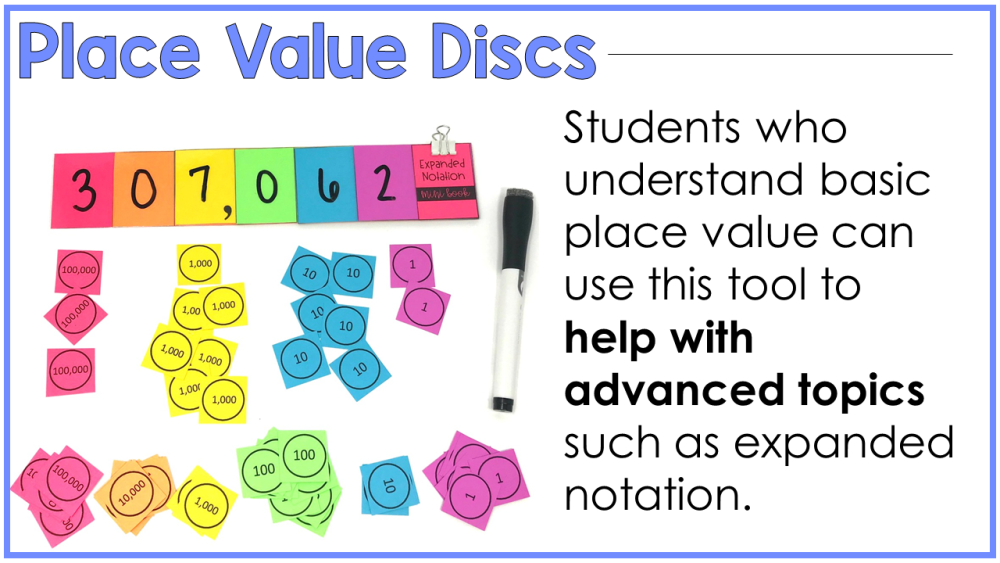
Place value discs are a key place value tool in teaching students more advanced place value topics, such as expanded notation. The advantage of place value discs is the range of numbers that can be represented. Small decimals to large whole numbers can be modeled with these discs. The obvious disadvantage is that they in no way represent the relative size of each place value. Unlike money, students don’t have a developed sense of value attached to place value discs outside of their abstract understanding of the number written on the disc. Students who don’t really understand how hundreds are related to thousands or how large 10,000 really is should not use place value discs. They need to develop meaning with place value blocks….and they aren’t ready for expanded notation…even if your timeline says they are. (I know I’m preaching to the choir!)
The Big Idea with Place Value Manipulatives
It is important to understand which place value manipulatives should be used as students progress in their understanding of mathematics. Primary teachers build an unbelievably important foundation for place value concepts that really stretch student’s thinking in the upper grades. Without proper time spent with ten frames and unifix cubes students aren’t ready for place value blocks. Without the expansion of meaning to the thousands place with place value blocks, students aren’t ready for the other tools needed to learn advanced math concepts. Every kindergarten through 5th grade teacher plays a critical role in developing a student’s sense of place value.
Pin to come back and Read Later
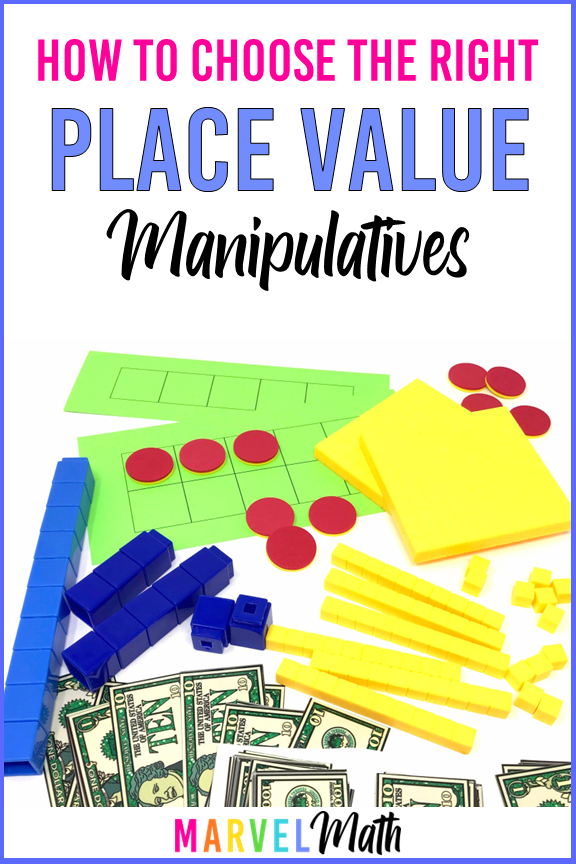
Have fun teaching place value!

